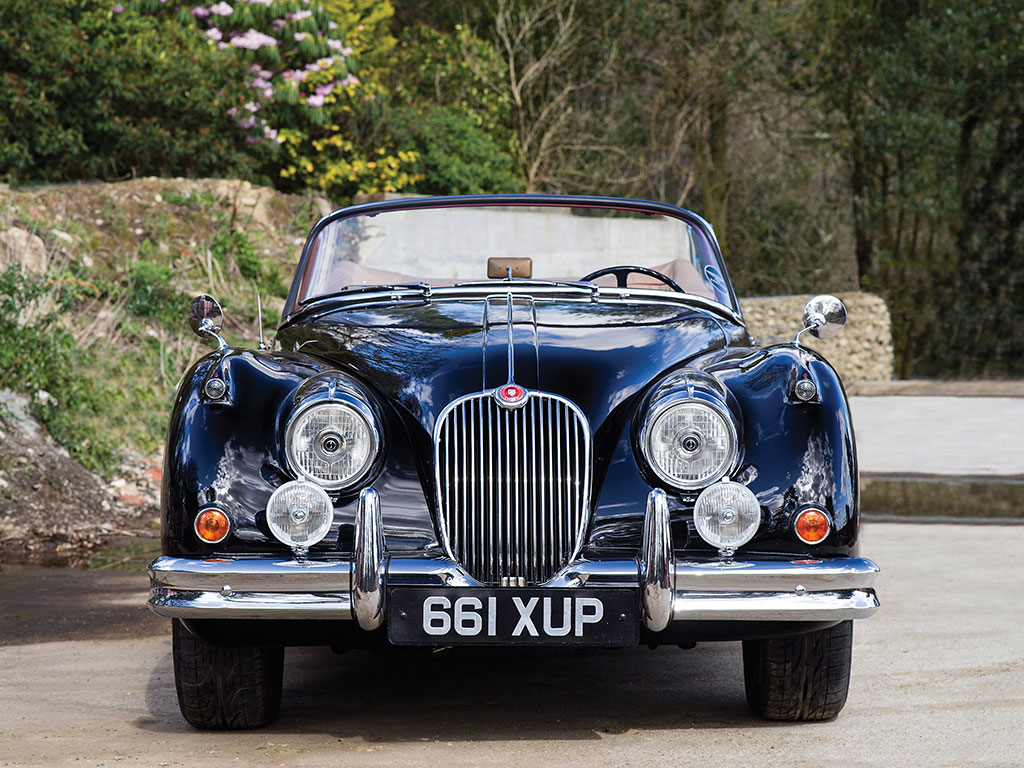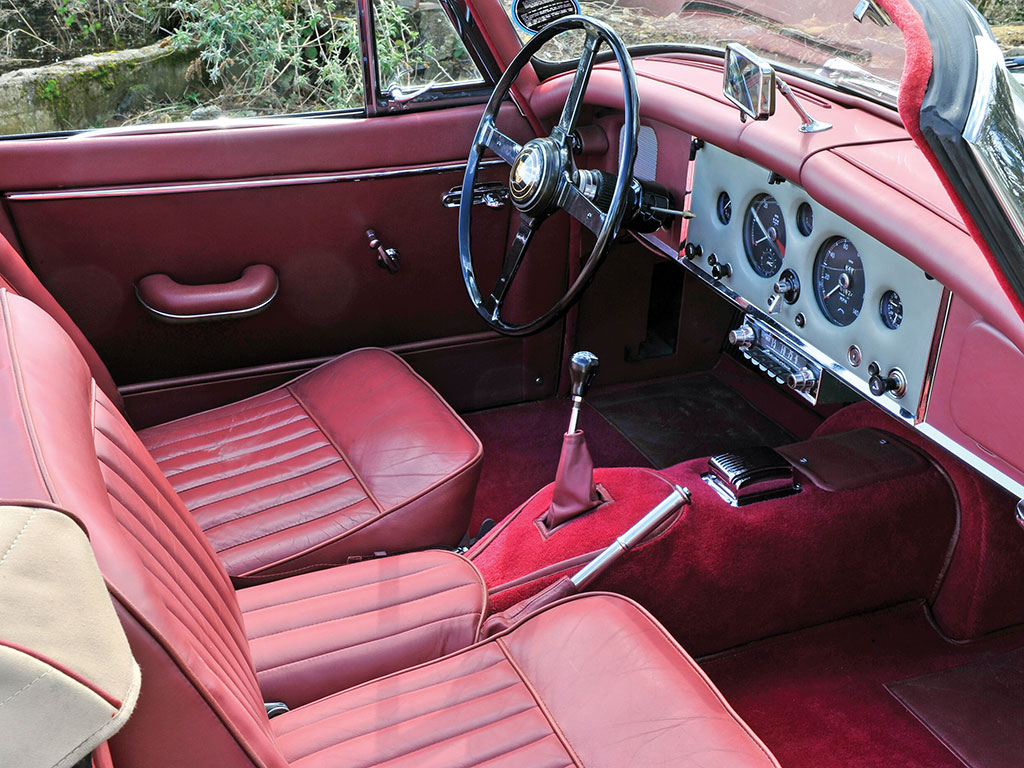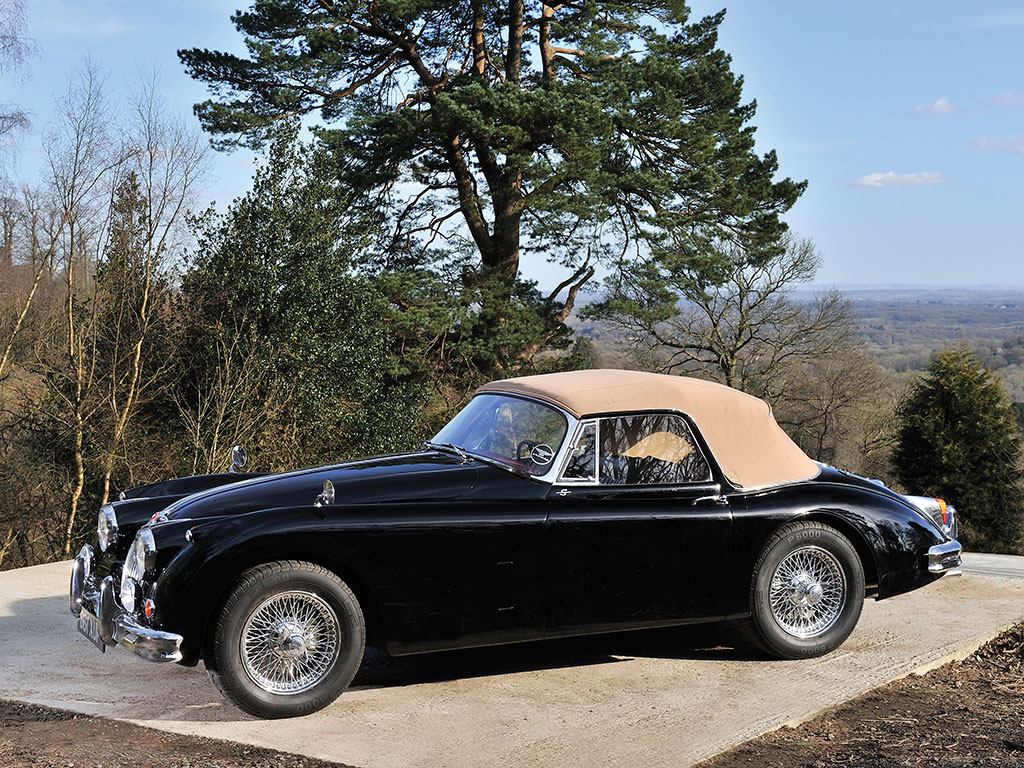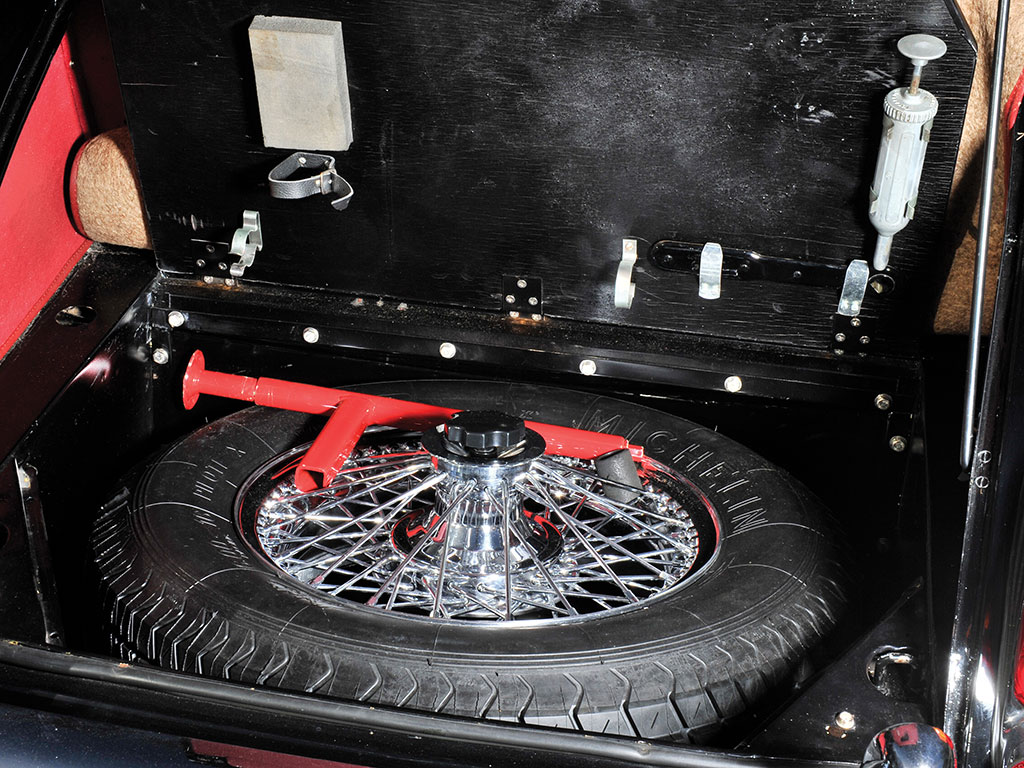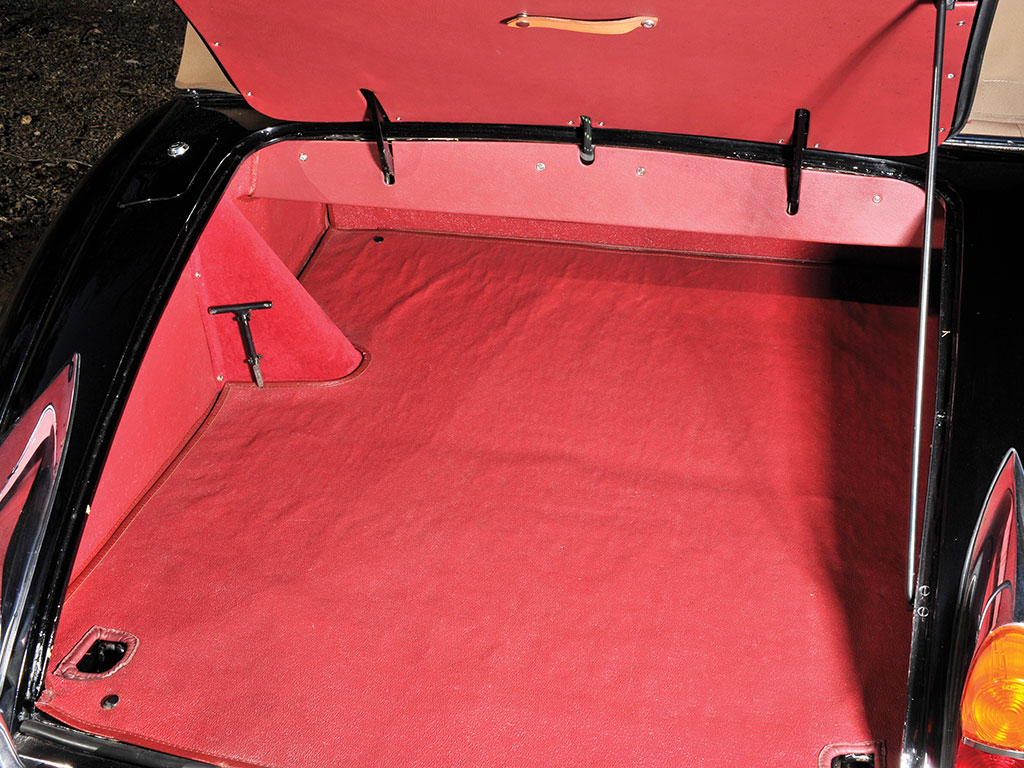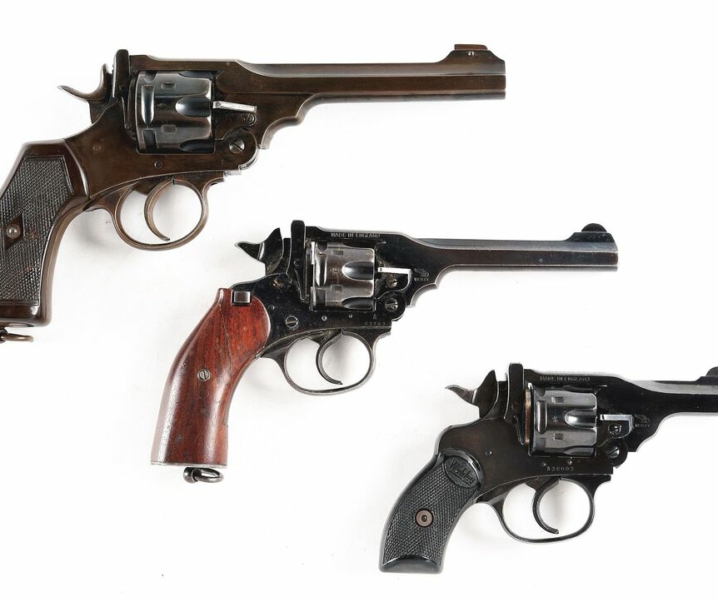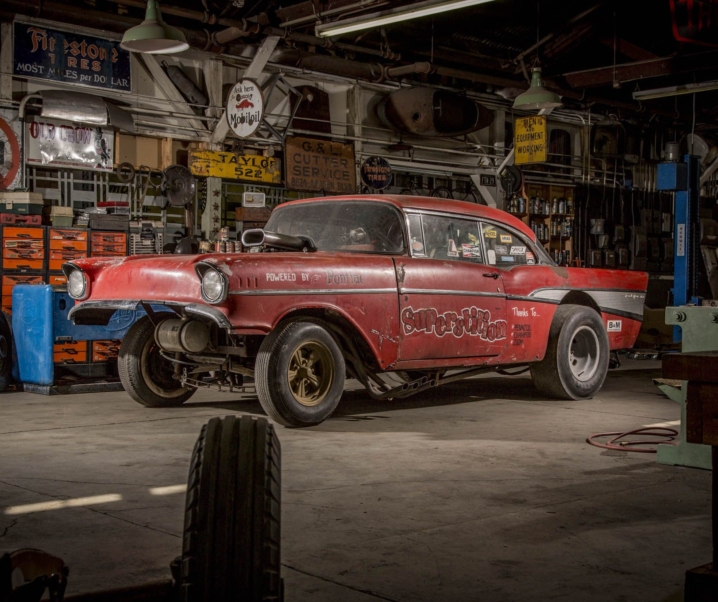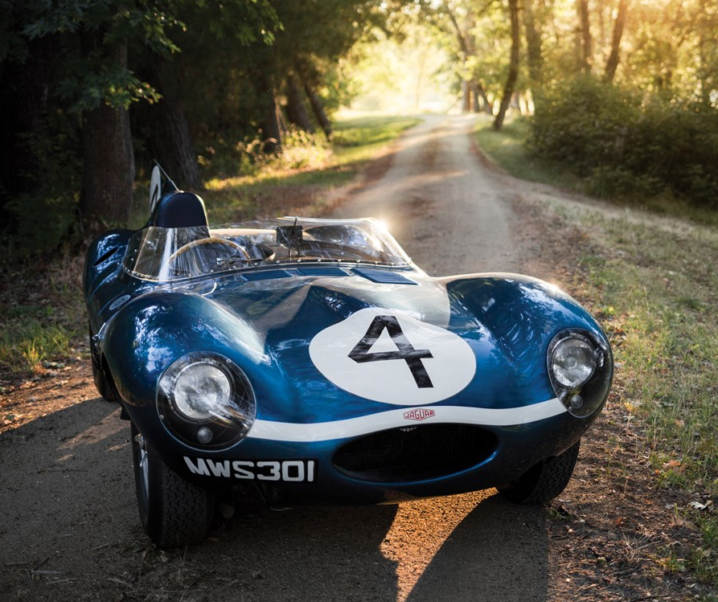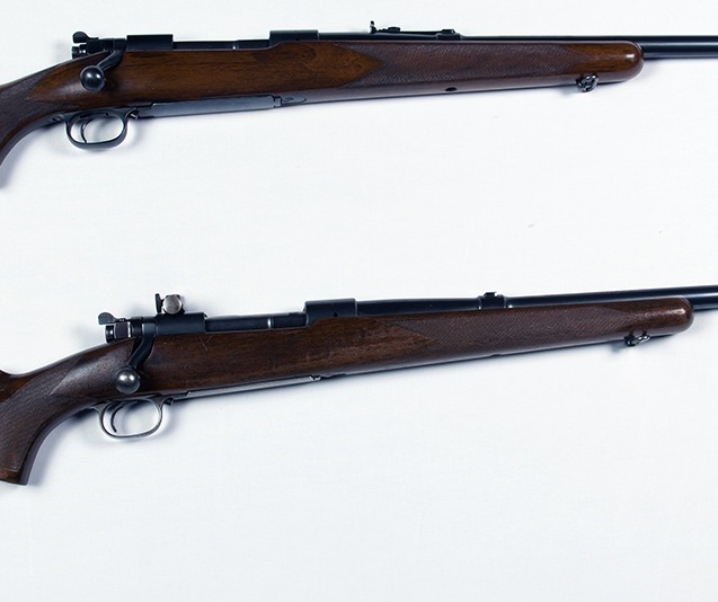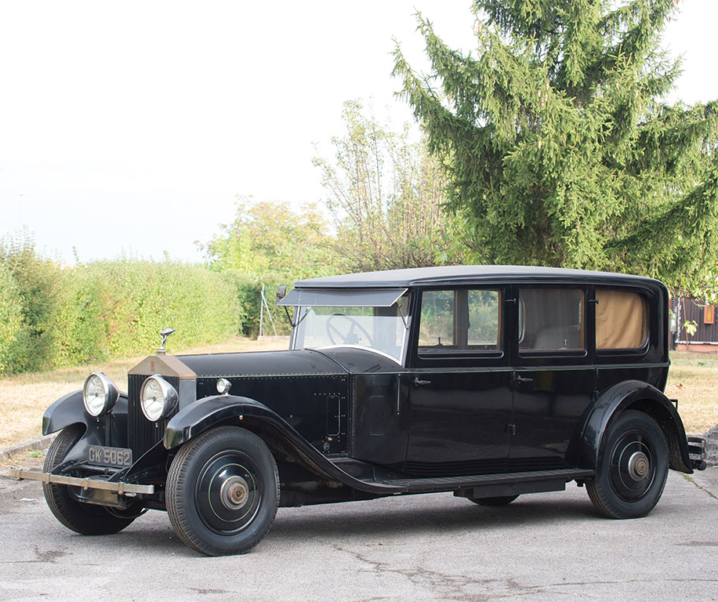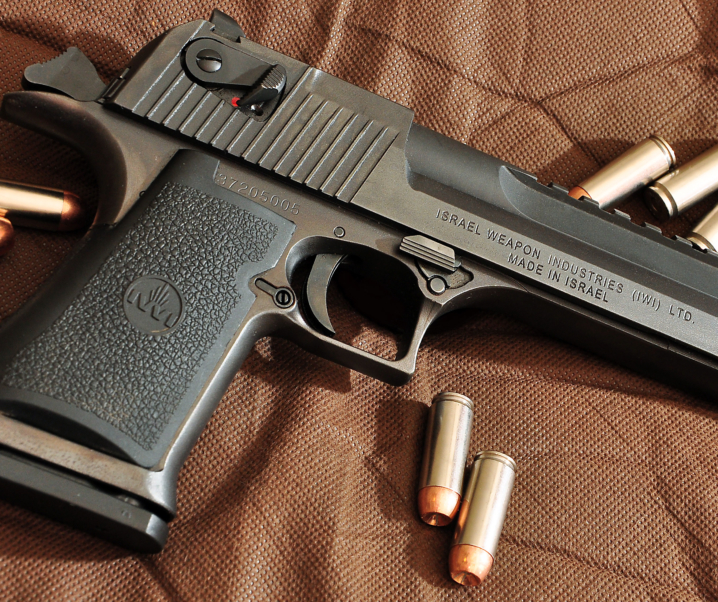The line of sports cars that began quite accidentally with the Jaguar XK 120 that caused such a stir and an unexpected flood of orders at the 1948 London Motor Show took the XK series of cars on a journey that would create the XK 120, XK 140 and the final refinement, the XK 150. Parallel to these road cars were Jaguar’s racing cars that campaigned so successfully at Le Mans in 1951 which was won by an XK 120 C (or C Type), 1953 (C Type), and by the C Type’s successor the D Type in 1955, 1956 and 1957. The Le Mans racing cars used the same engine and drive train as the road going XK 120, XK 140 and XK 150 but with lightweight tubular frames and aluminium alloy bodywork. That engine being the Jaguar XK in-line DOHC six cylinder created by William Lyons’ engineers Bill Heynes, Claude Baily and Walter Hassan during World War II.
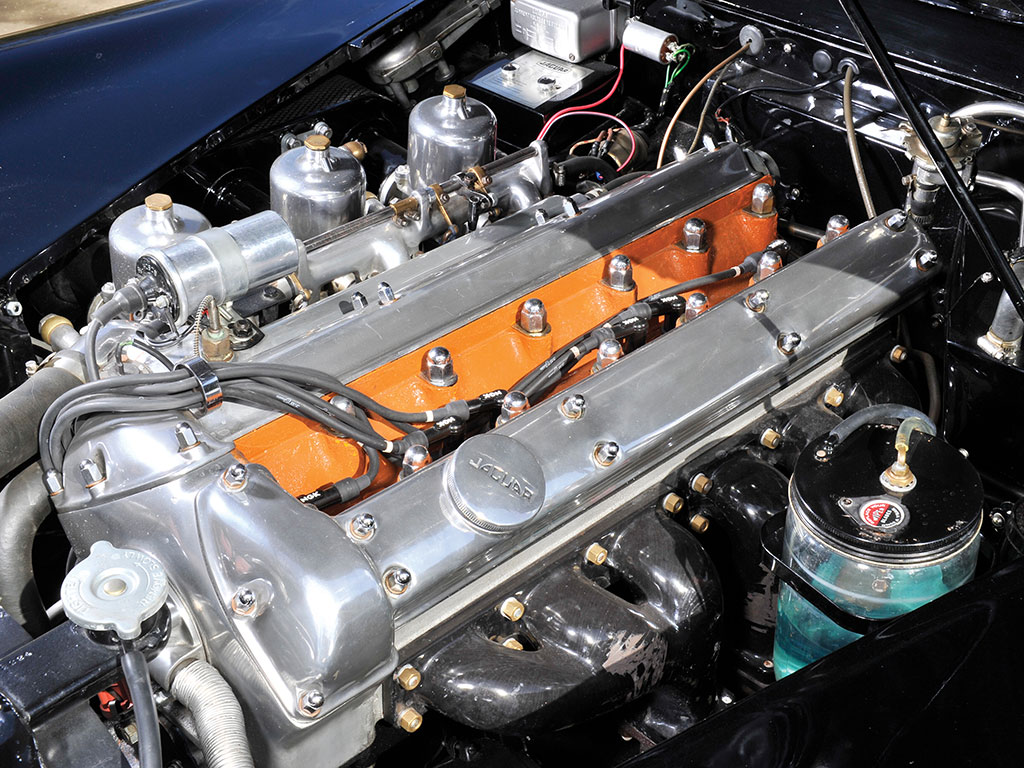
It was this same XK engine that was progressively improved that powered Jaguar cars through to the E Type and the XJ6. The engine was progressively upgraded and refined so that by the time we get to our feature car, a Jaguar XK 150 S it was producing 265bhp and although it cannot quite manage to propel the XK 150 in which it was fitted to Jaguar’s claimed 150mph for the E Type yet the XK 150 is an car with impressive performance veiled under a deceptively conventional looking body.
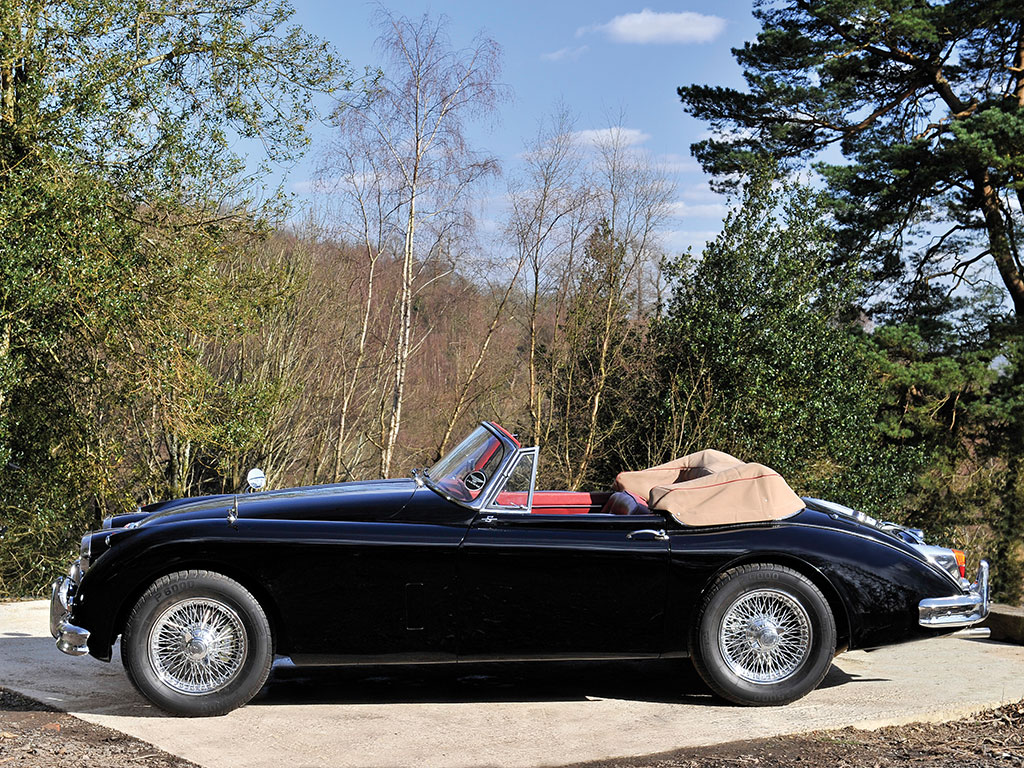
The 3.8litre XK 150 S was the last and most powerful iteration of the XK 150. The 3.4litre XK150 S whose engine produced 250bhp was capable of a top speed of 132mph. This 1960 3.8litre XK 150 S, made in the last year of production before the unveiling of the E Type in 1961 has a 3,781cc version of the DOHC Jaguar XK engine churning out 265bhp and though it didn’t quite get to the magic 150mph it gets very close to 140mph. By comparison the E Type which shares the same basic engine when tested by Motor magazine in 1961 attained a top speed of 149.1mph, and that in a specially prepared car. So when the speedometer of the 3.8litre XK 150 S peaks at 140mph one should expect that it will get very close to the full range of the gauge.
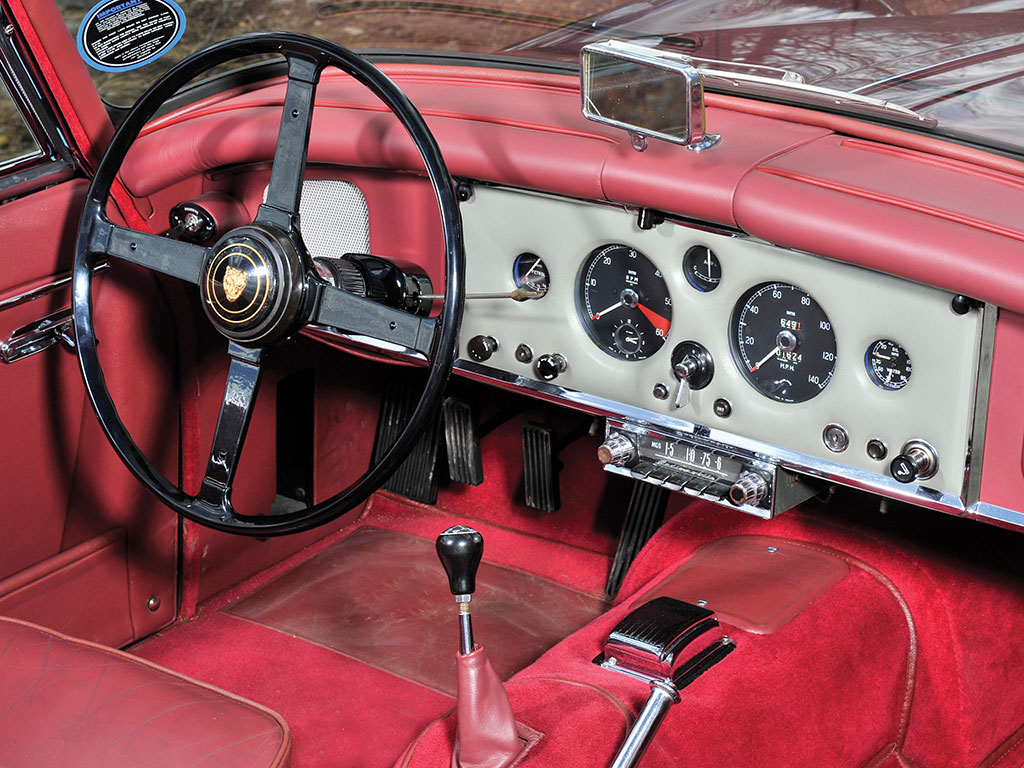
The XK 150 is then probably the most overlooked of the genuine William Lyons Jaguars, but it is a car that should rate amongst the best cars he and his team ever created.
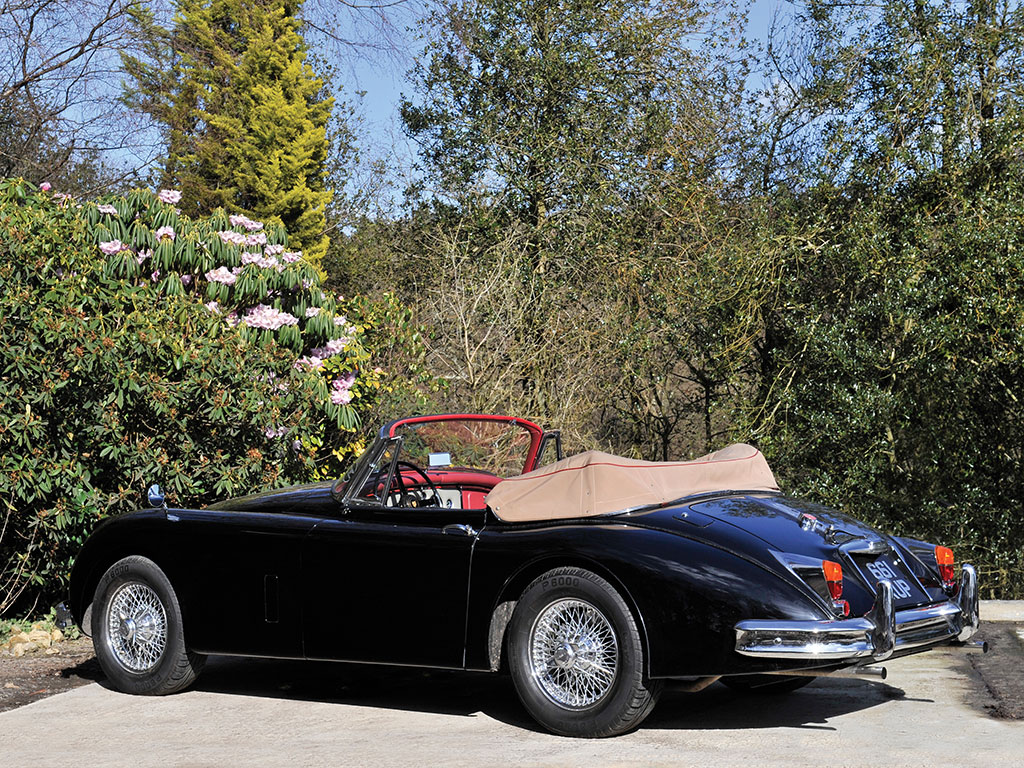
The 3.8litre XK 150 S is a rare collectors item. Only 89 of this version of the car were made between 1959-1960. The black car we are featuring is certified to be one of those 89. Originally delivered to a customer in Montréal, Canada this car is fitted with the Laycock de Normanville electric overdrive, which should ensure top speed can be attained without venturing too far into the engine’s red line, the car’s final drive ratio being 3.54:1.
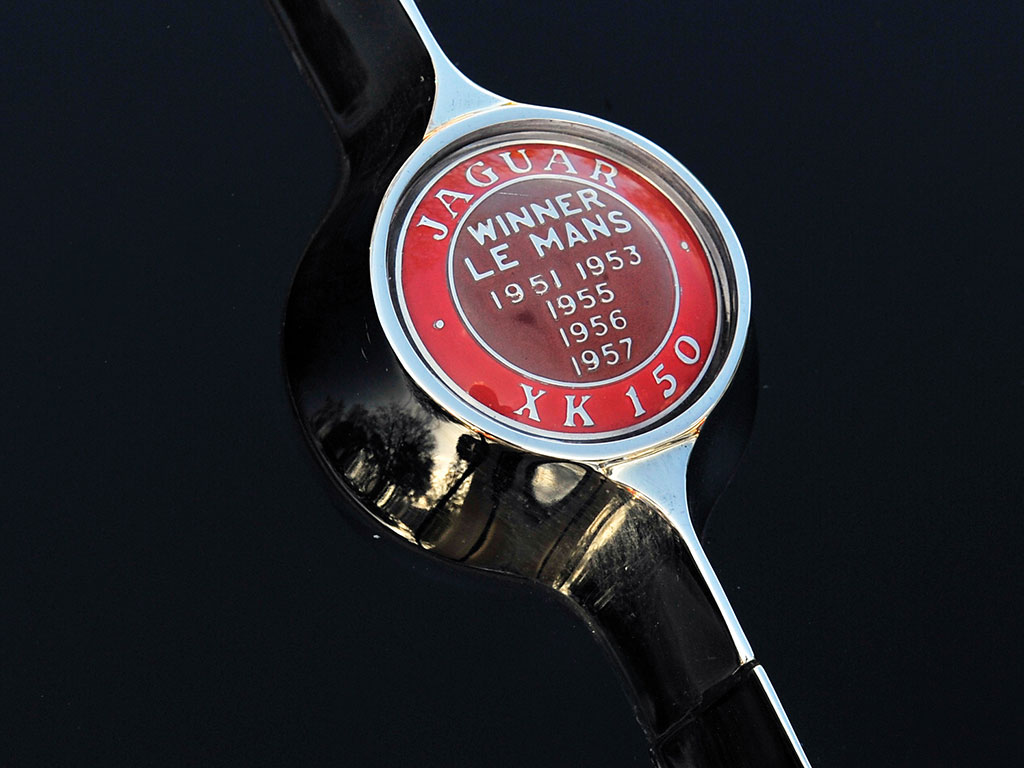
The XK 150 was the first production car to feature disc brakes on all four wheels. It is a superb sports car, perhaps the ultimate British sports car of the fifties. This example coming up for auction by RM Sotheby’s is a rare and highly desirable car, and one which should not be missing from any serious collection of Jaguar sports cars.
You will find the RM Sotheby’s auction page for this car if you click here.
The car is expected to sell in the range €300.000 – €350.000 and the auction will be held on 14th May 2016 at Monaco.
(All pictures courtesy RM Sotheby’s).

Jon Branch is the founder and senior editor of Revivaler and has written a significant number of articles for various publications including official Buying Guides for eBay, classic car articles for Hagerty, magazine articles for both the Australian Shooters Journal and the Australian Shooter, and he’s a long time contributor to Silodrome.
Jon has done radio, television, magazine and newspaper interviews on various issues, and has traveled extensively, having lived in Britain, Australia, China and Hong Kong. His travels have taken him to Indonesia, Israel, Italy, Japan and a number of other countries. He has studied the Japanese sword arts and has a long history of involvement in the shooting sports, which has included authoring submissions to government on various firearms related issues and assisting in the design and establishment of shooting ranges.

